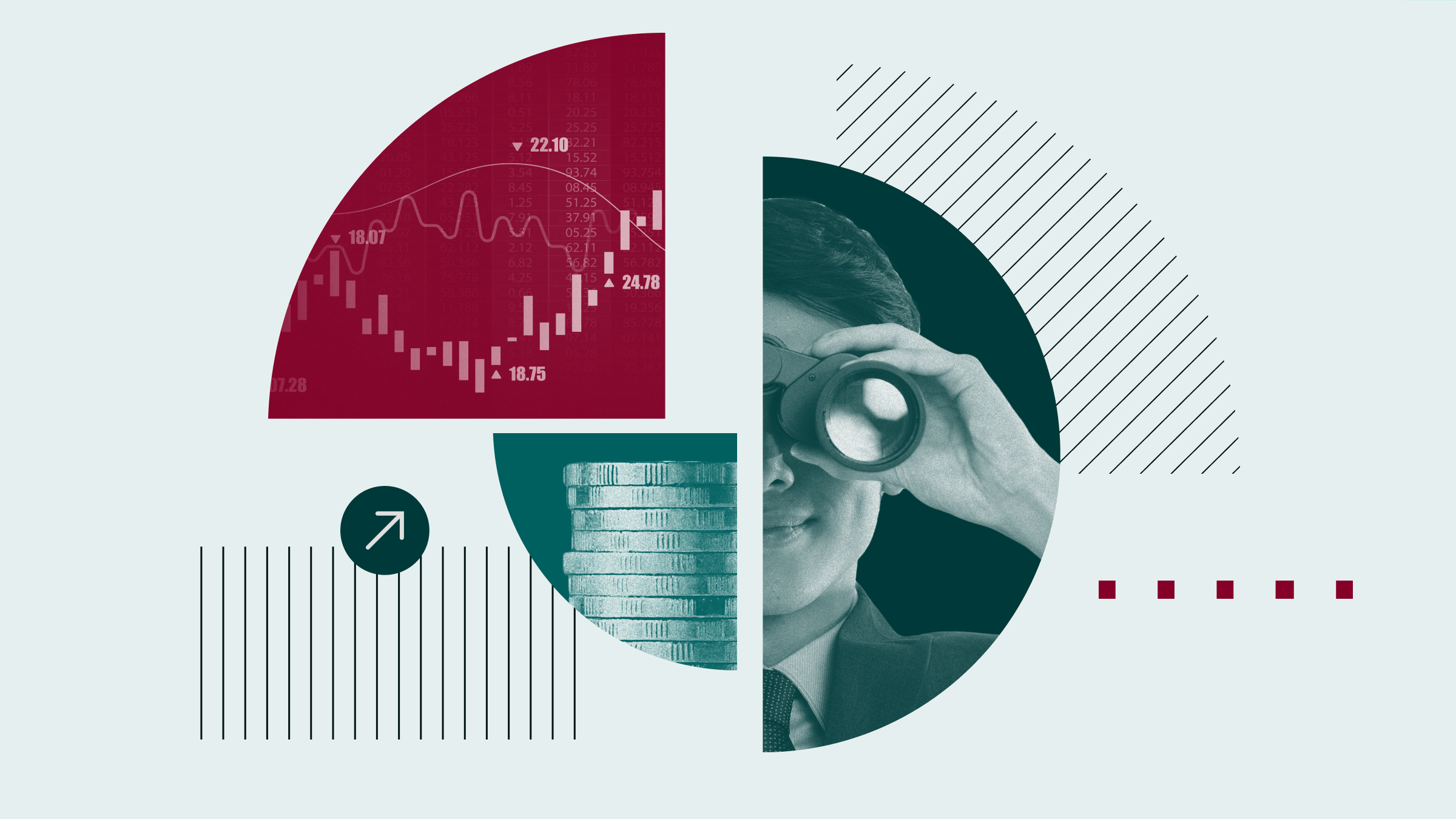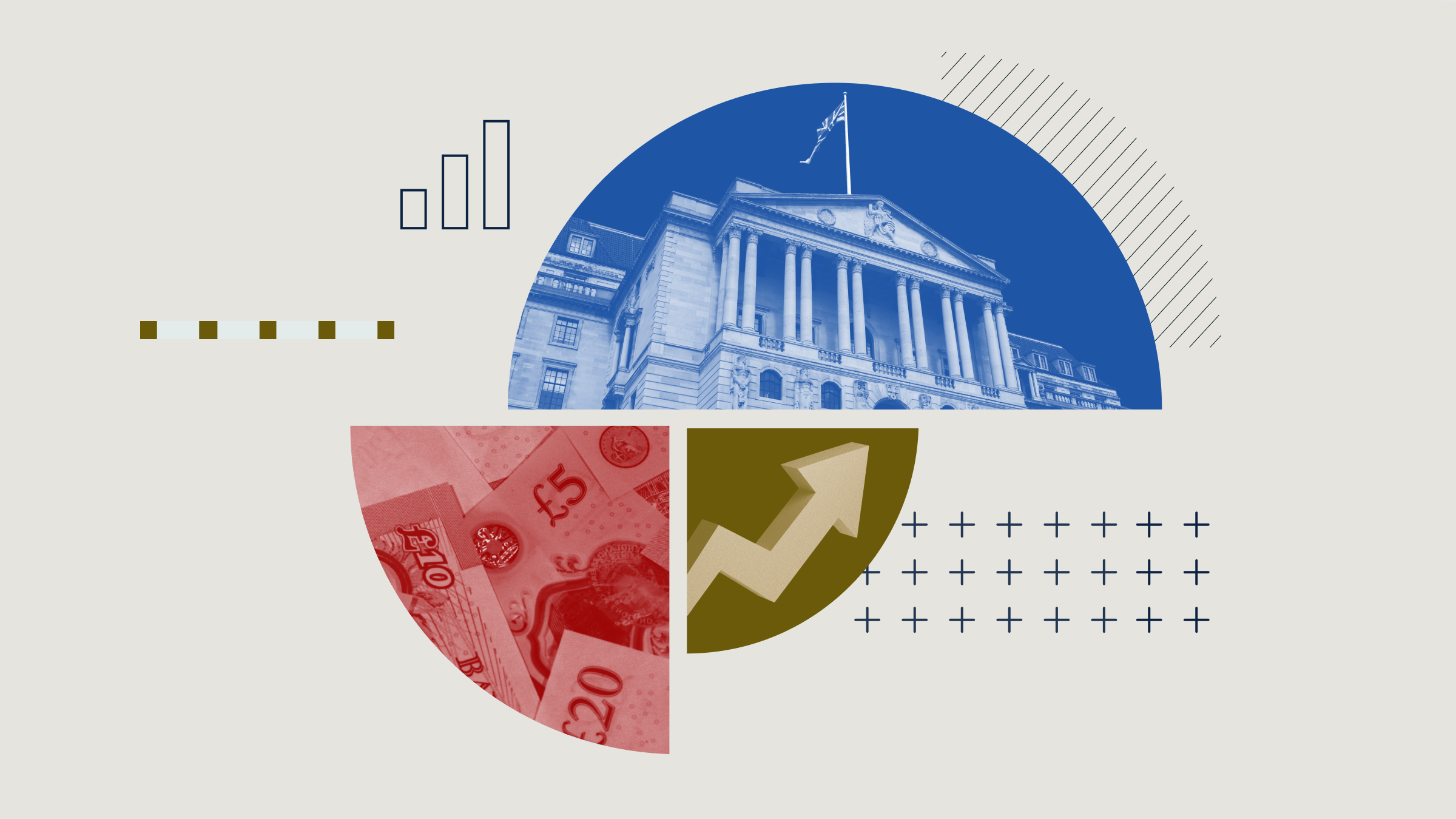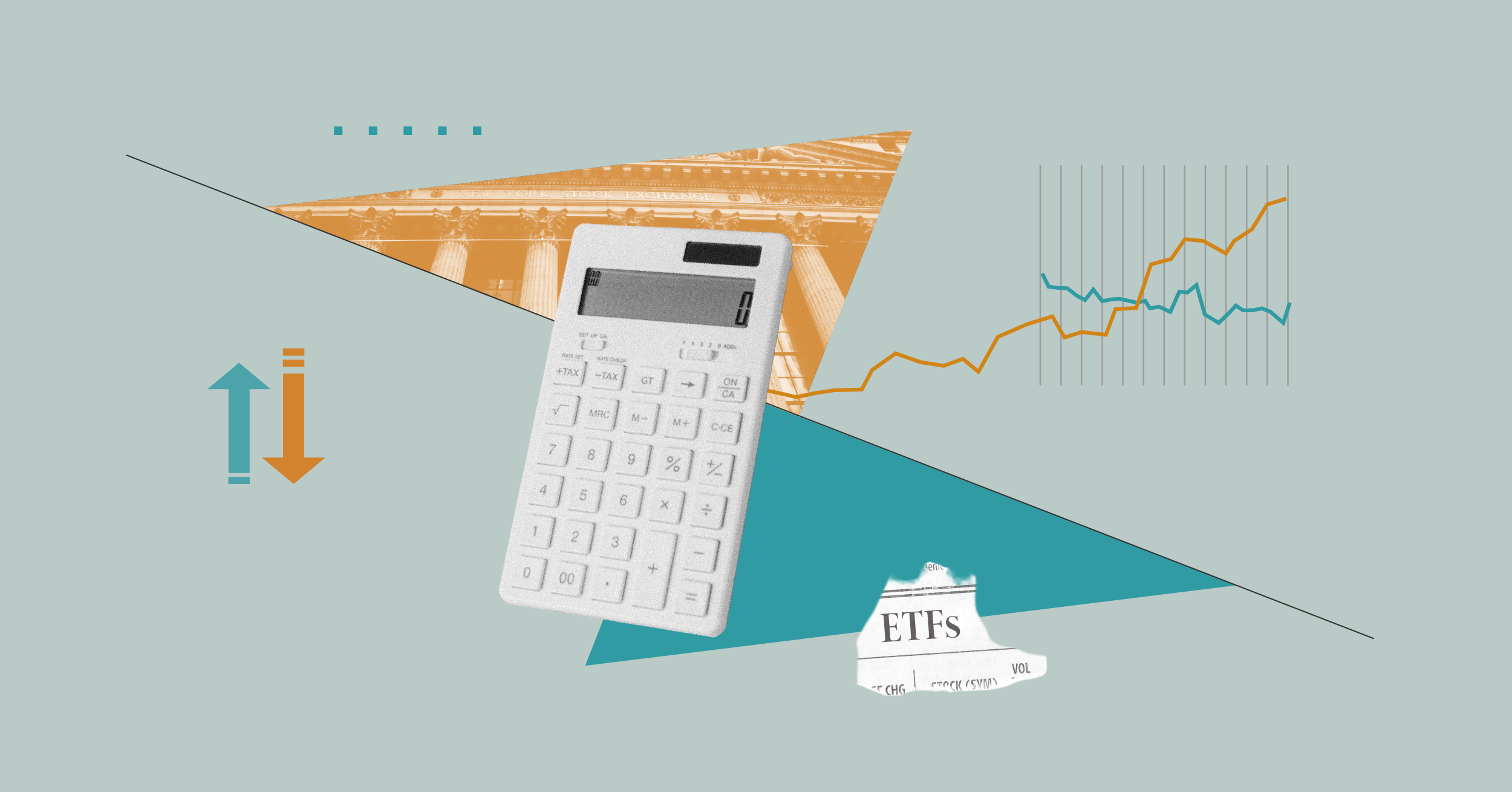On the days following the 10-year anniversary of the launch of the first ETF in Europe, much of the discussion at IndexUniverse.eu's Inside ETFs Europe Conference in Amsterdam this week centred on the question: ‘where do we go from here?’ The growth of the European ETF market has been nothing short of phenomenal since the first EURO STOXX 50 ETF began trading in Germany in April of 2000, but the European market is still just a fraction of the size of the US market and ETFs have yet to gain much traction in adviser and retail channels. Perhaps the biggest debate during the conference revolved around the role of liquidity in creating this gap.
Why Does Liquidity Matter?
Because ETFs are generally passive investment products meant to replicate the performance of an index, their costs are arguably the most important factor to investors. Although the price of liquidity is less visible than management fees, Alain Dubois, Chairman of Lyxor Asset Management, estimated that liquidity costs account for two-thirds of the total cost of ETF ownership. Improving liquidity in the European ETF market would be by far the greatest way to reduce the total cost of ETF ownership, as increased turnover would lead to tighter bid-ask spreads.
Fragmentation of ETF Trading is Impeding Liquidity
So how does liquidity in the European ETF market compare to the US market? During the conference’s first panel, The Past, Present and Future of Exchange-Traded Funds, Dubois showed that while the European market is one-third the size of the US market in terms of assets under management (AUM), it has about one-eighth the turnover. Despite its much smaller size, there are actually more ETFs in the European market than in the US, and this fragmentation impedes greater liquidity. Jan de Bolle of Flow Traders, (an ETF market maker) asked the question, “Why do we need 55 separate European listings of ETFs tracking the same EURO STOXX 50 index?” While the banks who market these me-too ETFs to their own clientele might disagree, we would argue that investors don’t benefit from having this plethora of options.
There are some trends which show that liquidity is improving despite this high level of fragmentation. Many institutional investors across Europe are substituting swaps with ETFs in order to reduce counterparty exposure. This trend has led to greater liquidity as more volume is generated by this increase in demand. Improved liquidity is also driving down costs. During the presentation, Understanding ETF Liquidity and Trading Keshava Shastry, Head of Secondary Markets at iShares, unveiled a chart that showed the recent evolution of spreads on the iShares FTSE 100 ETF compared to the aggregate spread on the index’s underlying shares. In short, spreads on iShares FTSE 100 ETF have been declining over the past two years, and have reached a level lower than the aggregate spread of the underlying securities, a compelling testament to the benefits of increased liquidity. As the FTSE 100 is one of the most heavily traded indices in Europe, less popular areas of the market still have room for improved liquidity and could also enjoy the concomitant reduction in trading costs. Peter Thompson, director of strategy at Source, summed up the feelings of many of the participants: “Liquidity is increasing, but we have a fundamental liquidity gap in Europe.”
However, not everyone in attendance agreed that liquidity is one of the main impediments to growth of the European ETF market. While the official statistics show much lower on-exchange turnover compared to the US market, the majority of ETF trading in Europe takes place off-exchange. Once off-exchange trading is accounted for, part of the liquidity gap disappears. Also, for many large institutional investors who account for the vast majority of the European ETF market, price discovery has been a more pressing issue than on-exchange liquidity. These investors can often find better prices off-exchange, generally for ETFs that track more obscure indices, while popular indices like the CAC 40 are cheaper on exchange. Still, most agree that the overall market would ultimately benefit from less fragmentation of ETF trading.
How Can the Market Grow Further?
There are potential regulatory changes on the horizon including updates to existing frameworks like UCITS (Undertakings for Collective Investment in Transferable Securities) and MiFID (Market in Financial Instruments Directive) which serve to pave the way for further growth in the in the market. UCITS IV is scheduled to be implemented in July of 2011, and the best execution requirements contained therein should help market growth by easing many investors’ concerns about whether their broker is finding the best prices for their trade. Also, Lyxor’s Dubois is hopeful that "MiFID may well change to incorporate mandatory post-trade reporting for European ETFs," which currently is not the case. Greater transparency on the absolute level of trading in the European ETF market may coax some shy investors off the sidelines.
While conference attendees disagreed on some of the main impediments to further growth in the European ETF market, most agreed that it was a matter of when, not if, the market would close some of the turnover and assets gap with the US. As Matthew Holden from market maker Knight Capital put it, “We're on the verge of an explosion of volume in ETF trading in Europe."
Financial professionals can find out more about the case for passive investing at our next ETF Conference Call, where you will also have the opportunity to question our ETF analysts. Sign up for the next free, interactive call, to be held April 28, by clicking here.
























